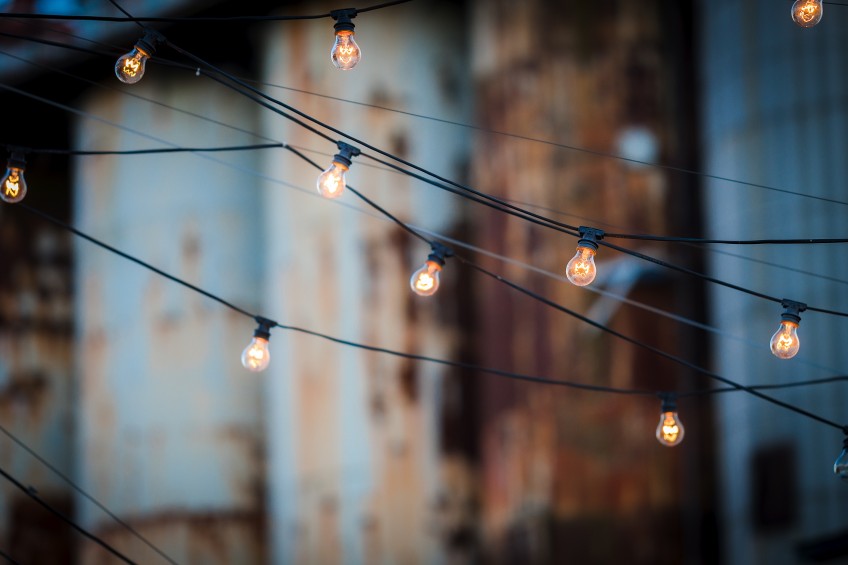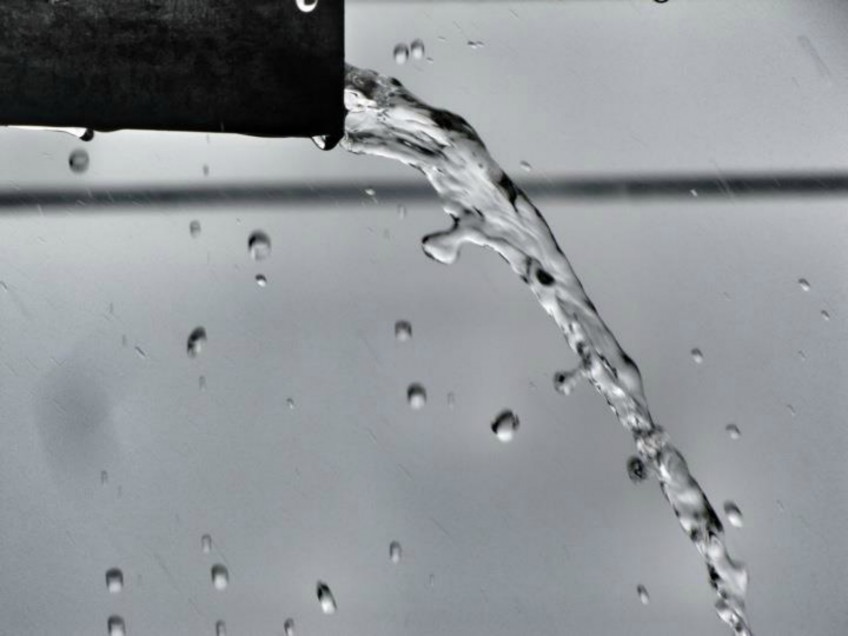Introduction
Tap water has tiny bits of minerals and sediment in it that tends to pile up in the bottom of your water heater. Left unchecked, this sediment builds up over time and will rob your heater of capacity and prematurely wear out the components. Eventually the whole bottom of your tank could rust out and lead to a catastrophic failure and flood. Annual water heater flushes help keep this from happening!
Step by step
Flushing your water heater once a year is the best way to ensure that sediment is removed and your heater reaches its maximum life expectancy while operating at the greatest efficiency. Hot water accounts for about 17% of your total energy bill so efficiency is important! This is also a good time to check the pressure relief valve on the tank and insulate your hot water pipes if needed.
Some say that if you haven’t flushed your water heater before, you shouldn’t start now. The logic here is that flushing it may damage or disturb the unit, leading to an early failure. While this may be true, our position is that it is better to have the unit fail while you are flushing it and than when you don’t expect it, which would lead to flooding in the home. With proper maintenance, most water heaters will last 10-15 years so if yours is getting close to the end of its life you may consider proactively replacing it before it fails.
- Test Pressure Relief Valve
First, we’re going to check the pressure release valve. This is located at the top of the tank and has a lever. Place a bucket under the relief pipe and flip the trip lever. You should hear some air or see some water and/or vapor rush out. Those are all good things. It works! Leave the pressure relief valve open for now.
If nothing happens when you trip the valve, it has likely failed and you’ll need to replace. We’ll be uploading a tutorial on this task pretty soon but for now you can take a look at these instructions from Today’s Homeowner. - Turn off Electric or Gas
If your water heater is electric, be sure to turn off the electrical power with the power disconnect or at the breaker box. If your heater is gas, turn the burner control to “pilot”. Remember to never run the heater without water in it as it will damage the heating element! - Turn off the Water
Locate the valve on the cold water supply line and turn it off by rotating it 90 degrees. Now’s a good time to check and see if your hot water pipes (leaving the tank) are insulated. If not, consider wrapping these pipes with insulation, as listed in our material section.
Safety Note: be careful as the pipe leaving the tank will be hot. - Open a Faucet in the House
Turn on a hot water faucet somewhere in the house. This will stop a vacuum from forming in the plumbing while you drain the tank. - Connect a Hose to the Drain
Attach a garden hose to the drain connection at the bottom of the tank. Run the far end outside somewhere that you don’t mind dumping scalding hot water all over. If your heater is in the basement, either use a pump to get it out a window or run the hose into your sump pump. - Drain the Tank
Open the drain valve and completely drain out the tank. It’s likely that the water will run out brown and full of sediment. - Refill the Tank
Close the drain valve and open the cold water supply valve to fill the tank again. Switch the valve open and close a few times to shoot “bursts” of water into the tank. This will help loosen up any sediment. - Repeat Steps 6 & 7
Drain the tank again. Repeat steps 6 & 7 until the water runs out of the hose clear. - Fill it Back up!
Time to fill ‘er up. Shut the hot water off at the faucet you opened earlier. Now close the drain valve, close the pressure relief valve, and open the cold water supply to fill the tank back up. You’ll be able to hear it when it stops filling. Don’t turn on power or switch the gas back to heating mode until the tank is full! - Turn the Power Back On
Now turn the power back on, or switch the gas to normal operation. Let the tank heat back up to temperature. Now is a good time to check your temperature as well. Set it to 120 degrees Fahrenheit for a good balance of energy efficiency and comfort. - Mark Complete!
Nice job! You’re done with this job for another year. Go enjoy a hot shower.




